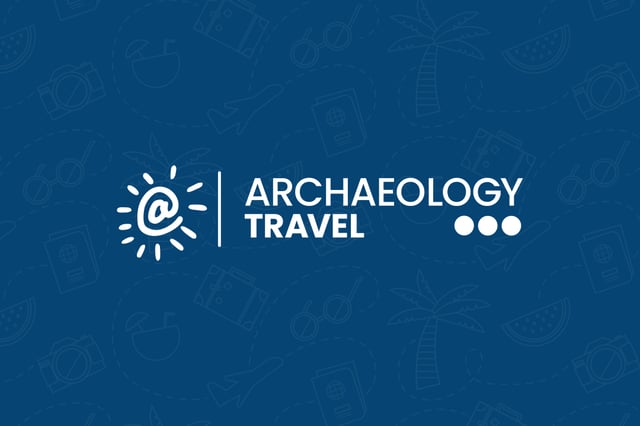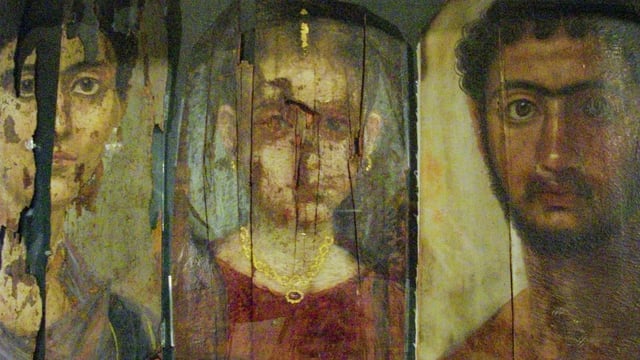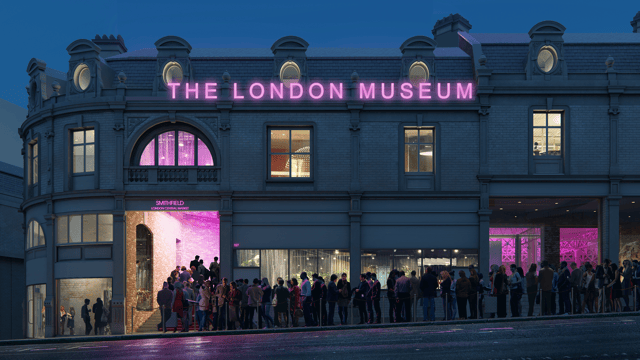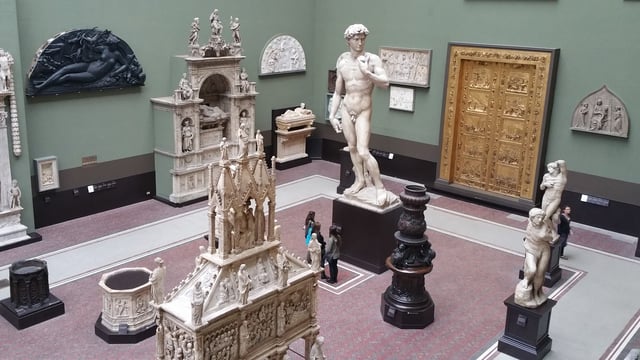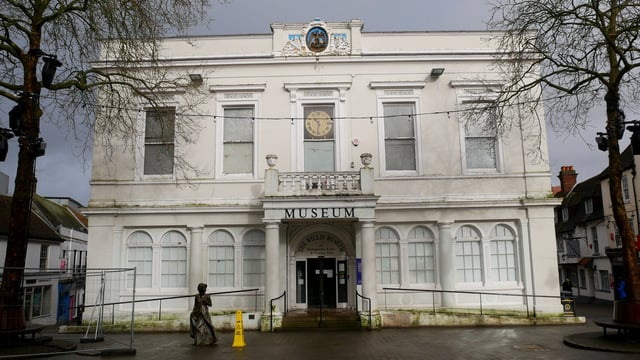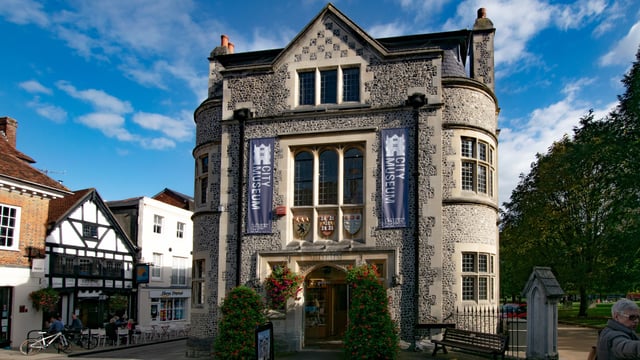Museums With Roman Collections in the UK
Many museums throughout the United Kingdom have displays an exhibits of Roman artefacts. These range from local, site museums that showcase artefacts found on the site they are associated with, to regional museums that exhibit a more regional perspective of the Roman period. These regional museums are often repositories for artefacts recovered during archaeological excavations of nearby sites. A number of museums also have collections and exhibitions of Roman artefacts from other parts of the Roman Empire.
Abingdon County Hall Museum
Situated within an ornate Baroque building constructed between 1678 and 1682, Abingdon County Hall Museum contains a range of permanent and temporary exhibits on local history. Built by a protégé of Christopher Wren, the structure was designed as a town hall and courtroom before being converted into a museum in 1919. Its archaeological and historical collections range from the prehistoric to the modern and include a replica of the famous Viking Age “Abingdon Sword.” Owned by Abingdon Town Council, entry is free.

Amersham Museum
A local museum with a large collection of objects that relate to the history of the area, that ranges from palaeontological fossils to the not so distant past of Amersham. There are archaeological displays of Mesolithic, Neolithic and Bronze Age objects, as well as various artefacts from the Roman period. The museum occupies an original Tudor hall house – a half timbered house built in the 15th century. The museum has just re-opened to the public after substantial renovation.

Ashmolean Museum
Established in 1683 and with an international reputation, the Ashmolean Museum is the University of Oxford’s museum of art and archaeology. Having started life as the private collection of Elias Ashmole, who then donated it to the university, it was the world’s second university museum to open. The present building was erected in the 1840s and renovated in the 2000s. Its collections are diverse, comprising material from ancient Egypt to early medieval England, and contain many famous objects, like the Alfred Jewel and Oliver Cromwell’s death mask.

National Roman Legion Museum
Located in the Roman city of Caerleon, the National Roman Legion Museum explores the world of the Roman Army, with particular focus on the everyday lives of soldiers stationed in Britain. The museum’s collection includes over half a million objects, primarily those excavated from the Roman forts at Caerleon and Usk. As well as part of a reconstructed Roman barracks, the museum boasts a garden containing plants that would have been familiar to people living in Roman Britain. A range of special events take place throughout the year.

Newport Museum and Art Gallery
Founded in 1888, the Newport Museum and Art Gallery displays a range of artefacts pertaining to the heritage of Newport and its surrounding area. With over 60,000 objects in its collection, it tells the story of this region from the Palaeolithic through to recent centuries. Much of its material derives from the Romano-British period, when there was a substantial Roman military presence in this part of Wales. The museum also boasts a nationally important collection of material pertaining to the Chartists, a militant workers’ movement of the 1830s and 1840s.

Petrie Museum of Egyptian Archaeology
The museum has over 80,000 artefacts of Egyptian and Sudanese archaeology, telling the story of life in the Nile Valley from prehistory through Pharaonic Egypt, the Ptolemaic, Roman and Coptic periods to the Islamic period. The international importance of the museum’s collection lies in the vast range of objects, all from documented excavations of archaeological sites. But, this is not just a vast collection, it also has a number of significant pieces, including one of the oldest pieces of linen from Egypt.

Sir John Soane's Museum
Sir John Soane was a neo-classical architect active in the late 18th and early 19th centuries, best known for designing the Dulwich Picture Gallery in southeast London. Soane’s house in Lincoln’s Inn Fields, central London, was largely designed by himself, and displays his collections of art and antiquities. At his death he requested his house remain as he left it and it remains a museum to this day. Among the ancient artefacts is the sarcophagus of Seti I, bronzes from Pompeii and Peruvian ceramics.

The London Museum - Opening 2026
The Museum of London at the Wall closed its doors to the public in December 2022. It opened to the public in 1976. The museum will open again in 2026, in a new location and with a new name: the London Museum in West Smithfield, not far from the Wall site. The new location allows for a greater part of the museum’s 7 million+ objects to be displayed. The museum will continue to cover all aspects of London’s story, from 450,000 BC to the present.


Victoria & Albert Museum
One of London’s largest museums, the Victoria & Albert opened in 1852. Devoted to the decorative arts and design, it has a rich and eclectic collection of objects from around the world, including archaeological and historic artefacts from medieval Europe along with galleries devoted to objects from India, East Asia, and the Islamic world. The Cast Courts feature replicas of many well known ancient and Renaissance artworks from Europe, including Trajan’s Column and Michelangelo’s David.

Willis Museum & Sainsbury Gallery
In a building and location rich in history, visitors can learn more about the history of Basingstoke and surrounding area. The Archaeology Galley has exhibits spanning a period from the Stone Age to Saxon England, and includes a mammoth tusk and artefacts from Roman Silchester. The story of Basingstoke covers the medieval to post War period – on display is a 1950s kitchen and what is said to be the world’s oldest wedding cake, having been created in 1898 it is now well over a hundred years old.

Winchester City Museum
At the heart of the historic cathedral city of Winchester is the City Museum. With a vast collection of archaeological and historical artefacts and objects on permanent display in three galleries visitors can learn more about the city’s history, from its origins in the Iron Age as an important trading centre, to Winchester as a regional Roman capital. From the capital city of the Anglo-Norman Kingdom to Victorian Winchester. With such historical characters as Alfred the Great and Jane Austen.





